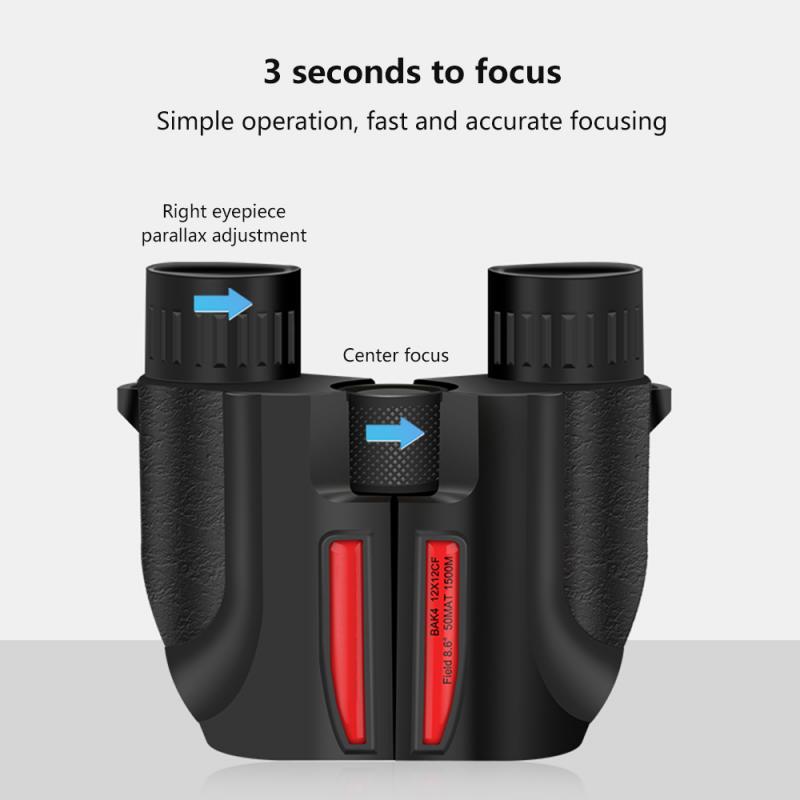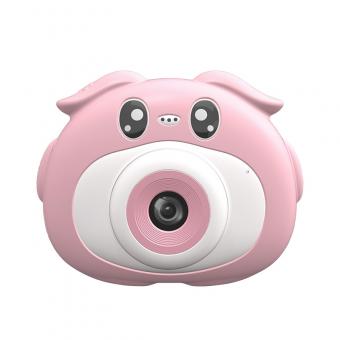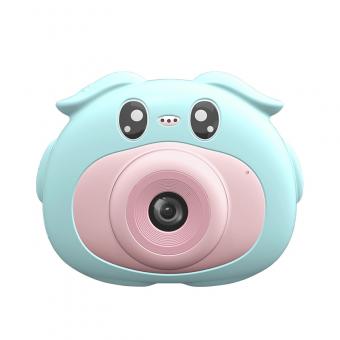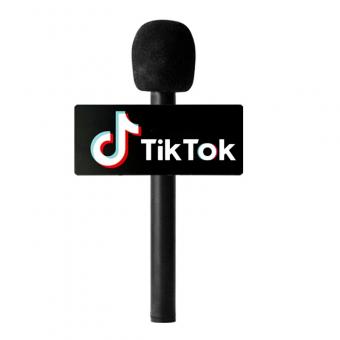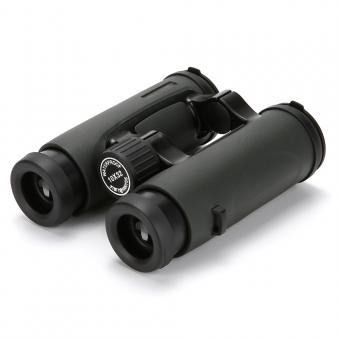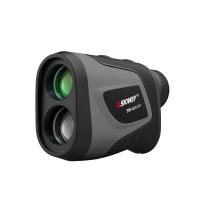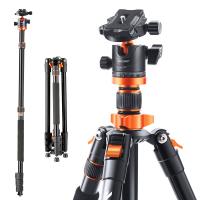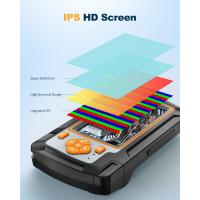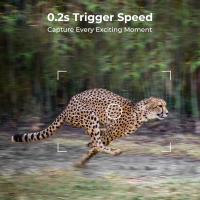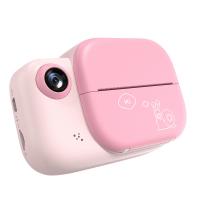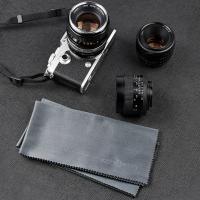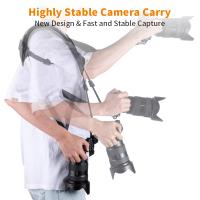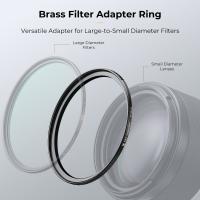How To Tell Good Binoculars ?
Good binoculars can be identified by their optical quality, build quality, and features. Optical quality refers to the clarity, brightness, and sharpness of the image produced by the binoculars. Look for binoculars with high-quality lenses, coatings, and prisms that provide a clear and bright image. The magnification and objective lens size should also be appropriate for your intended use.
Build quality refers to the durability and reliability of the binoculars. Look for binoculars with a sturdy and well-built body that can withstand rough handling and adverse weather conditions. The binoculars should also be easy to use and adjust, with smooth focusing and comfortable eyepieces.
Features such as waterproofing, fog-proofing, and image stabilization can also enhance the performance and usability of the binoculars. Consider your specific needs and preferences when choosing binoculars with additional features.
Overall, good binoculars should provide a clear and bright image, be durable and reliable, and have features that enhance their performance and usability.
1、 Magnification and Objective Lens Diameter
One of the most important factors to consider when looking for good binoculars is the magnification and objective lens diameter. Magnification refers to how much closer the binoculars can make an object appear, while the objective lens diameter refers to the size of the front lenses that gather light.
Generally, higher magnification means a closer view, but it also means a narrower field of view and a shakier image. A magnification of 8x or 10x is usually sufficient for most activities, while higher magnifications may be better suited for specific purposes such as birdwatching or astronomy.
The objective lens diameter is also important as it determines how much light the binoculars can gather. A larger objective lens diameter means brighter and clearer images, especially in low light conditions. However, larger lenses also mean heavier and bulkier binoculars.
In addition to magnification and objective lens diameter, other factors to consider when choosing good binoculars include the quality of the lenses and coatings, the durability and waterproofing of the binoculars, and the comfort and ease of use.
It is also worth noting that advancements in technology have led to the development of new features such as image stabilization and digital zoom, which can enhance the viewing experience. However, these features may come at a higher cost and may not be necessary for all users.
Overall, when looking for good binoculars, it is important to consider the intended use, the quality of the lenses and coatings, and the comfort and ease of use, in addition to the magnification and objective lens diameter.
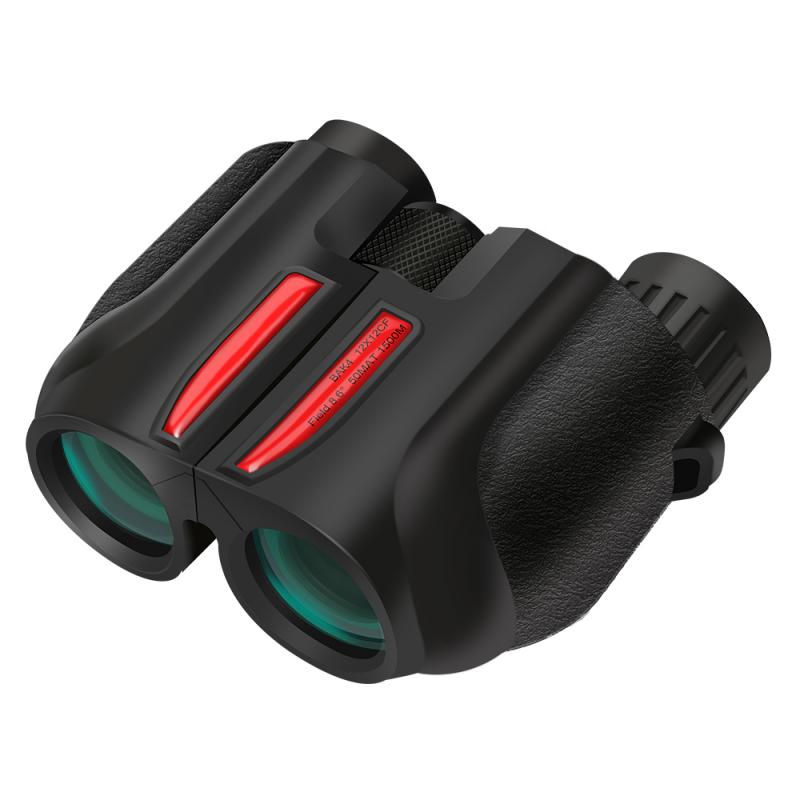
2、 Prism Type
Prism Type is one of the most important factors to consider when looking for good binoculars. There are two types of prisms used in binoculars: Porro prisms and Roof prisms.
Porro prisms are the traditional type of prism used in binoculars. They offer a wider field of view and better depth perception than roof prisms. They are also generally less expensive than roof prisms. However, they are bulkier and heavier than roof prisms.
Roof prisms are newer and more compact than Porro prisms. They offer a more streamlined design and are easier to handle. They are also more durable and resistant to damage than Porro prisms. However, they are generally more expensive than Porro prisms.
When looking for good binoculars, it is important to consider the prism type that best suits your needs. If you are looking for a wider field of view and better depth perception, Porro prisms may be the better choice. If you are looking for a more compact and durable design, Roof prisms may be the better choice.
It is also important to note that there have been recent advancements in prism technology, such as phase-corrected coatings, which can improve image quality and reduce glare. When shopping for binoculars, it is important to research the latest advancements in prism technology to ensure you are getting the best possible product.

3、 Lens Coatings
Lens coatings are one of the most important factors to consider when determining the quality of binoculars. Good binoculars will have multiple layers of anti-reflective coatings on the lenses, which help to reduce glare and improve image clarity. These coatings can be identified by their color, with high-quality coatings appearing as a green or purple hue.
In addition to anti-reflective coatings, good binoculars will also have other types of coatings to protect the lenses from scratches and damage. These coatings may include hydrophobic coatings to repel water and oil, as well as oleophobic coatings to repel fingerprints and smudges.
The latest point of view on lens coatings is that newer technologies, such as dielectric coatings, are becoming more common in high-end binoculars. Dielectric coatings are used on the prism surfaces inside the binoculars, and they help to improve light transmission and color accuracy. These coatings are more expensive than traditional coatings, but they can provide a significant improvement in image quality.
When evaluating binoculars, it is important to look for high-quality lens coatings that provide clear, sharp images with minimal glare and distortion. While newer technologies like dielectric coatings may offer additional benefits, traditional anti-reflective coatings are still a reliable indicator of good binoculars.
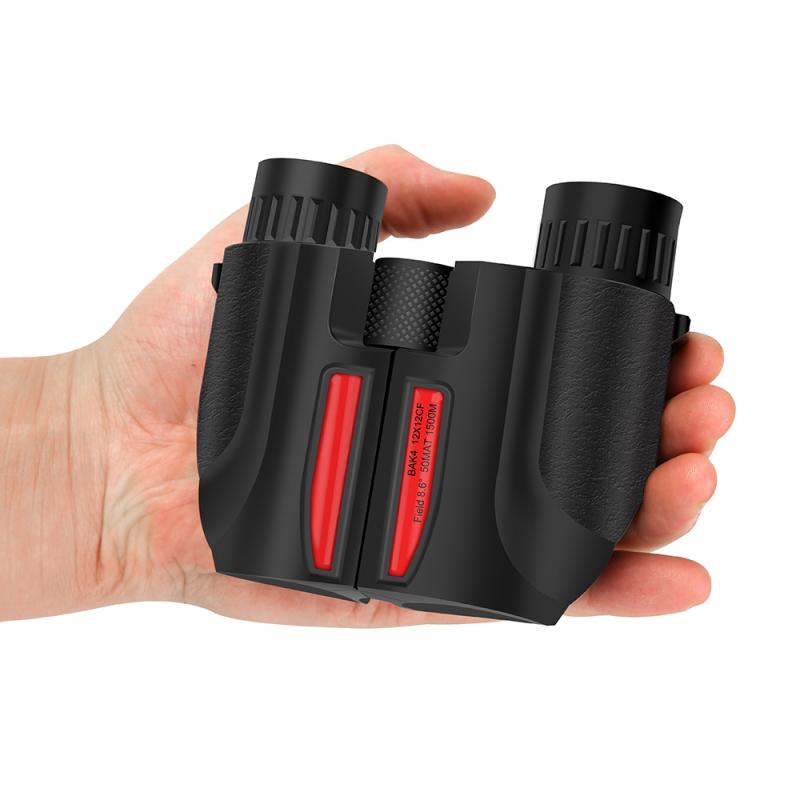
4、 Eye Relief
One important factor to consider when determining the quality of binoculars is the eye relief. Eye relief refers to the distance between the eyepiece and the eye when the binoculars are in use. This is particularly important for those who wear glasses or have other vision impairments.
Good binoculars will have a sufficient eye relief distance to allow for comfortable viewing without the need to remove glasses or strain the eyes. Generally, an eye relief of at least 15mm is recommended for those who wear glasses, while those without glasses may be comfortable with a shorter eye relief distance.
However, it is important to note that eye relief is not the only factor to consider when evaluating the quality of binoculars. Other factors such as magnification, objective lens size, and lens coatings can also impact the overall performance and clarity of the binoculars.
Additionally, advancements in technology have led to the development of new features such as image stabilization and low-light performance, which can further enhance the viewing experience. Therefore, it is important to consider all of these factors when selecting a pair of binoculars that will meet your specific needs and preferences.
